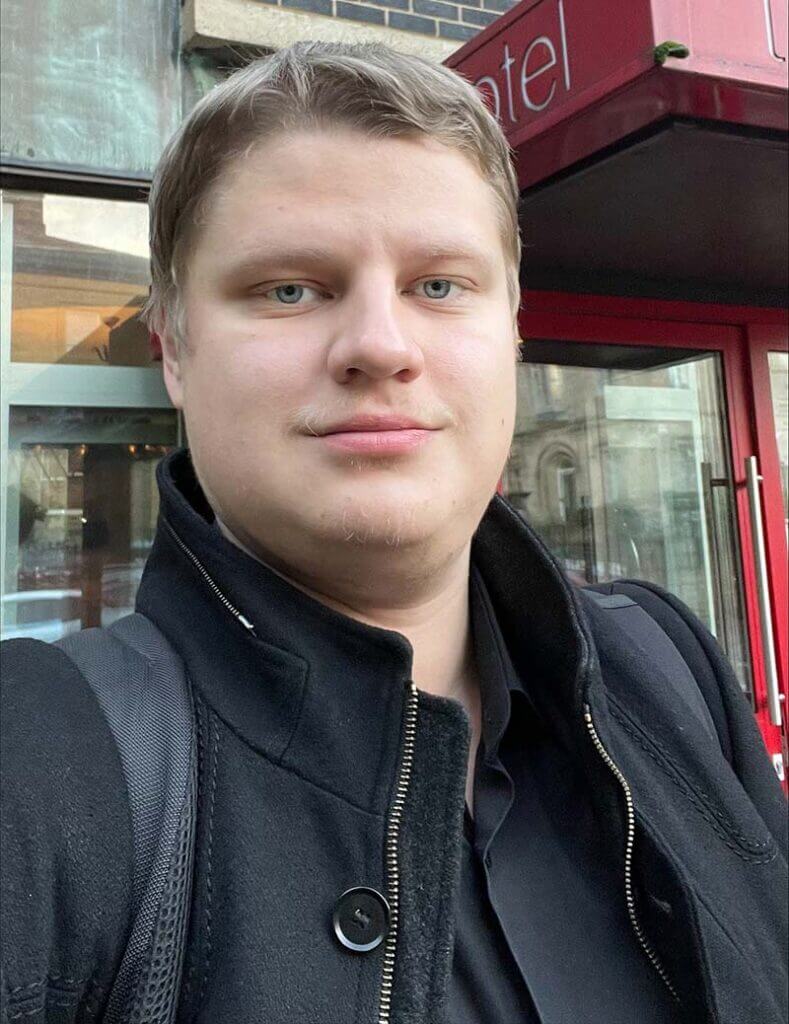Maciej Szymkowski (Member, IEEE) was born in Bialystok, Poland, in 1994. He received the B.Sc. and M.Sc. Eng. degrees, in 2017 and 2018, respectively. Since 2018, he has been working as a Research Assistant with the Faculty of Computer Science, Białystok University of Technology in Biometrics Laboratory, under the supervision of Professor Khalid Saeed. From 2021 he worked in AGH University of Science and Technology in Cracow. Currently, he is also a Scientific Software Developer in Sano – Centre for Computational Personalized Medicine, cooperating with the Technical University of Cluj Napoca and the University of Sheffield. To date, he has published 31 research works in peer-reviewed journals and conference proceedings. His main research interests relate to biometrics, medical image processing, simulation and artificial intelligence, machine learning.




